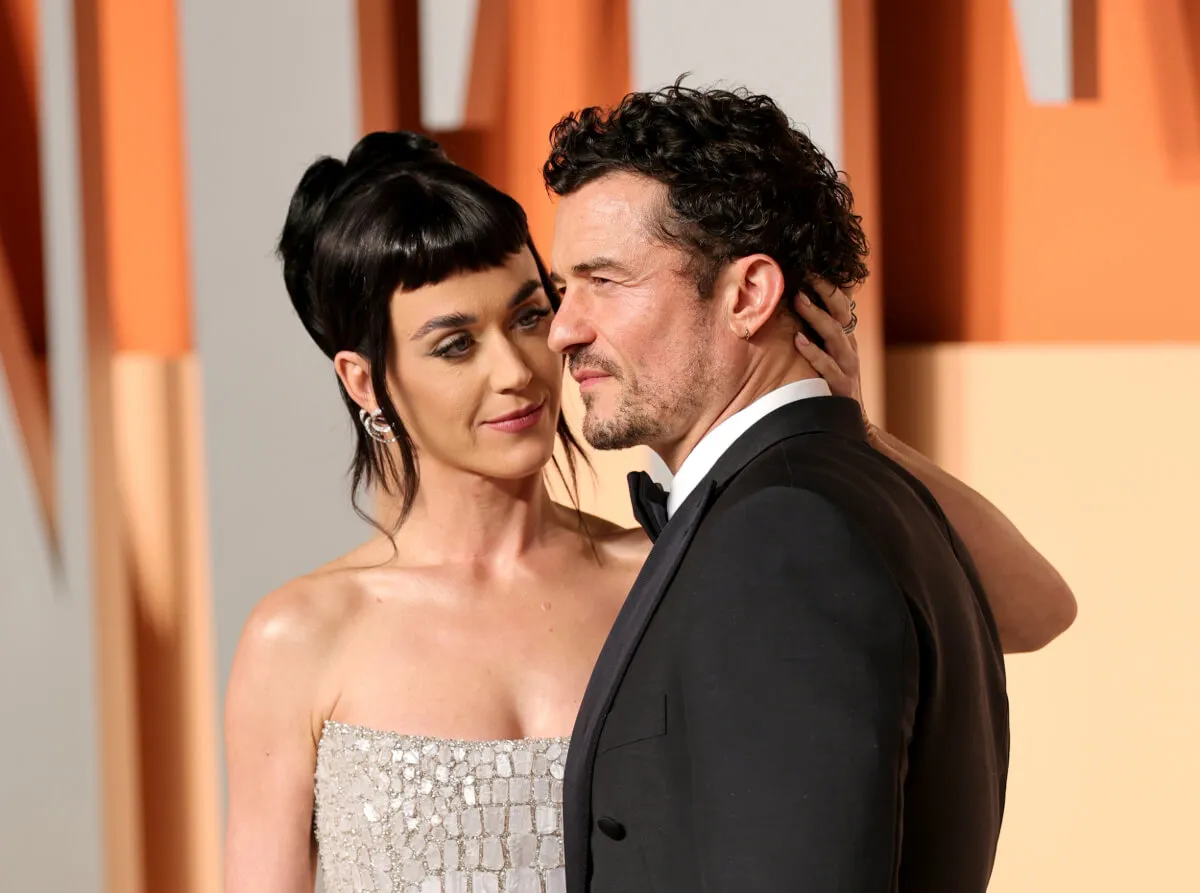James Wan’s ‘Malignant’ Killer Was Inspired by 1 Real-Life Tragic Case, Says Actor Ingrid Bisu
Director James Wan made a big splash with Saw in 2004. Lionsgate immediately wanted to create a franchise. However, Wan went on to generate other influential horror franchises, such as Insidious and The Conjuring universe. He wanted to return back to his genre roots after making the massive Hollywood hit Aquaman. In a recent interview, Wan and actor Ingrid Bisu talked about the Malignant killer’s inspirations.
[Spoiler alert: This article contains spoilers from Malignant.]
The bonkers ‘Malignant’ twist

Malignant is certainly Wan’s love letter to Giallo filmmaking, which is an Italian horror/thriller genre. People typically identify this genre with a checklist of a mysterious killer, leather gloves, razors, and red-drenched cinematography. Malignant certainly has some of these elements, but it’s more inspired by the genre than it is a Giallo movie in the classical sense.
The third act operates under a twist that provides a bonkers climax. Malignant gets hyper-violent after it’s revealed that the lead character Madison and killer Gabriel are actually parasitic twins. He was fully awoken when her head was smashed against the wall. However, she has no memory of the murders that Gabriel was committing using her body.
‘Malignant’ was inspired by a historical case
Wan and Bisu talked with Bloody Disgusting about the killer’s origins. Bisu plays CST Winnie, but also has a story credit for the screenplay written by Akela Cooper. Wan knew that he wanted to return to his roots, although he didn’t initially know what direction to go in. “It came from me just saying I’m going to go back and do something smaller, like a little horror film after Aquaman,” Wan explained. “But I didn’t quite know what the story would be.”
Bisu explained where the initial movie’s concept came from. “I love watching documentaries about medical anomalies, twins, parasitic twins, teratomas,” she said. “So that’s where this idea came from, I pitched it to James, and he said, ‘Wow, this is really interesting. How would that work?’ I went online, did all my research about it, and I found some crazy things.” Bisu came across a real-life case that would ultimately inspire Malignant.
“Edward Mordrake is a historical subject,” Bisu stated. “I found drawings and stories about how he had a smaller head in the back of his head. This head would torture him or give him horrible thoughts and ideas. It whispered horrible things to him. Unfortunately, he did end up taking his own life. I felt like there was a lot of darkness there. It’s an interesting thing.”
Bisu continued: “Then I did the same with the parasitic twin, but I don’t recommend anybody researches this. It was hard to watch. A lot of them are infants. It’s heartbreaking, but it did give me the fuel of wanting to tell the story…Parasitic twins and teratomas can show up in different places of the body. But the head to me is the most important because it’s the central base of your entire being.”
Explosive critic and fan reactions
Warner Bros. limited Malignant press coverage to right around the time of release in theaters and on HBO Max. They also chose to not market the movie too extensively to allow audiences to experience the film a certain way. However, critics and audiences were shocked by the sheer insanity that is Malignant‘s final act.
The twist isn’t even the only reason why there was such a big reaction to the ending. The action and the violence intensify into what can be considered Wan’s most bloody and brutal movie yet. Malignant is unlike anything the filmmaker has made before.
How to get help: In the U.S., call the National Suicide Prevention Lifeline at 1-800-273-8255. Or text HOME to 741-741 to speak with a trained crisis counselor at the free Crisis Text Line.


